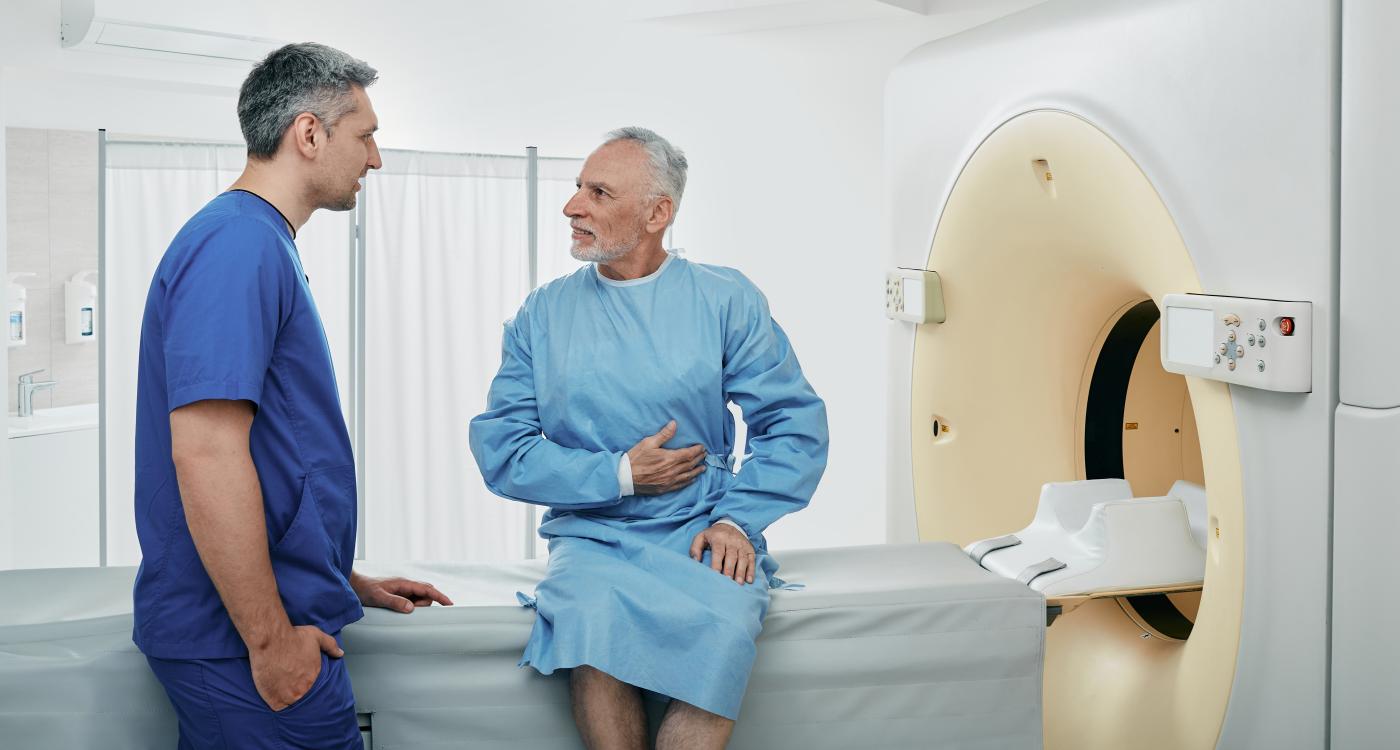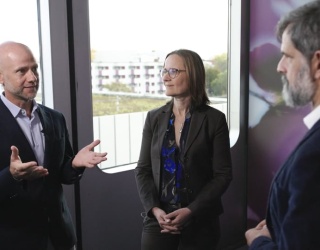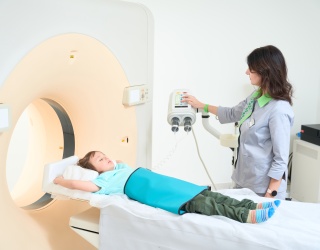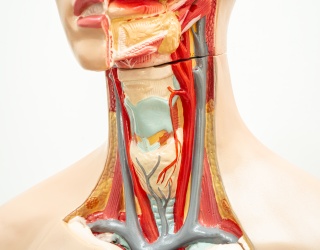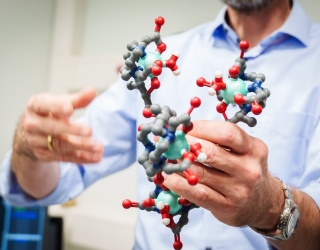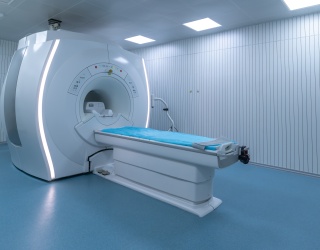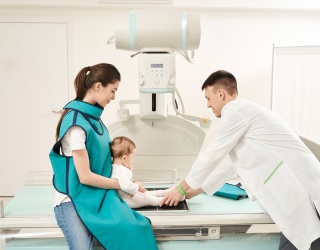On July 10, 2025, Bayer announced the submission of a marketing authorization application to the European Medicines Agency (EMA) for the investigational contrast agent gadoquatrane. Gadoquatrane is intended for use in contrast-enhanced magnetic resonance imaging (MRI) of the central nervous system (CNS) and other body regions in adults as well as pediatric patients, including neonates. The submitted dose of 0.04 mmol of gadolinium (Gd) per kilogram of body weight represents a 60 percent reduction in Gd content compared to the standard dose of macrocyclic contrast agents, which is 0.1 mmol Gd/kg. If approved, gadoquatrane would be the lowest-dosed macrocyclic gadolinium-based contrast agent available in the EU.
“With this submission, Bayer is seeking to offer a low dose option for patients and their treating physicians in the EU,” said Dr. Konstanze Diefenbach, Head of Radiology Research & Development at Bayer. “This commitment aligns with recommendations from health authorities and guidelines from scientific bodies in Europe and beyond, which recommend using the minimum dose necessary to acquire the needed clinical information. Patients, particularly those with chronic conditions who need multiple contrast-enhanced MRI scans over their lifetime, can benefit from a reduction in dosage.”
In the European Union, an estimated 16 million contrast-enhanced MRI scans are performed annually. Over the past five years, the number of contrast-enhanced MRI procedures has increased by five percent per year. The submission to the EMA is based on positive data from the pivotal Phase III QUANTI studies, which investigated the efficacy and safety of gadoquatrane across a broad range of indications in adult and pediatric patients. Bayer recently announced the first marketing authorization applications for gadoquatrane in Japan and the United States. Additional applications to health authorities worldwide are planned over the coming months.
About the Phase III development program QUANTI
The pivotal clinical development program QUANTI evaluated gadoquatrane at a dose of 0.04 mmol Gd/kg body weight, corresponding to a 60 percent lower gadolinium dose compared to macrocyclic contrast agents administered at 0.1 mmol Gd/kg. QUANTI consisted of three studies: two large, multinational, randomized, prospective, double-blind, crossover Phase III trials – QUANTI CNS (central nervous system) and QUANTI OBR (other body regions) – as well as the QUANTI Pediatric study. In total, 808 patients across 15 countries participated in the program.
The results of the QUANTI studies showed that gadoquatrane met the primary and secondary efficacy endpoints, including assessments of visualization parameters and lesion detection. The pediatric study demonstrated comparable pharmacokinetics and safety between children and adults. The safety profile of gadoquatrane was consistent with comparator macrocyclic gadolinium-based contrast agents, showing a low incidence of intervention-related adverse events and no new safety signals.
Initial results from the QUANTI CNS Phase III study were presented in February of this year at the European Congress of Radiology (ECR). Additional findings are expected to be presented at upcoming scientific conferences.

